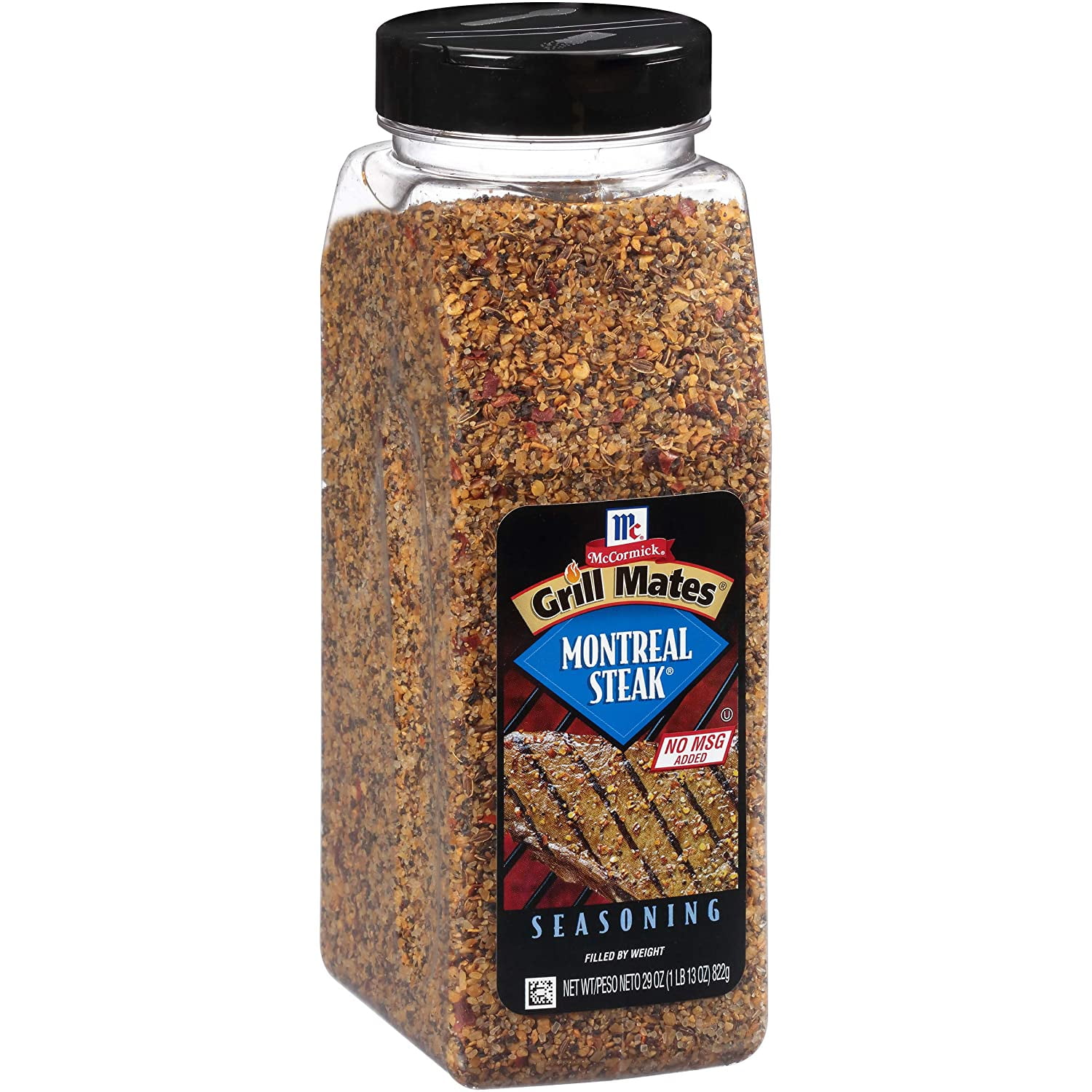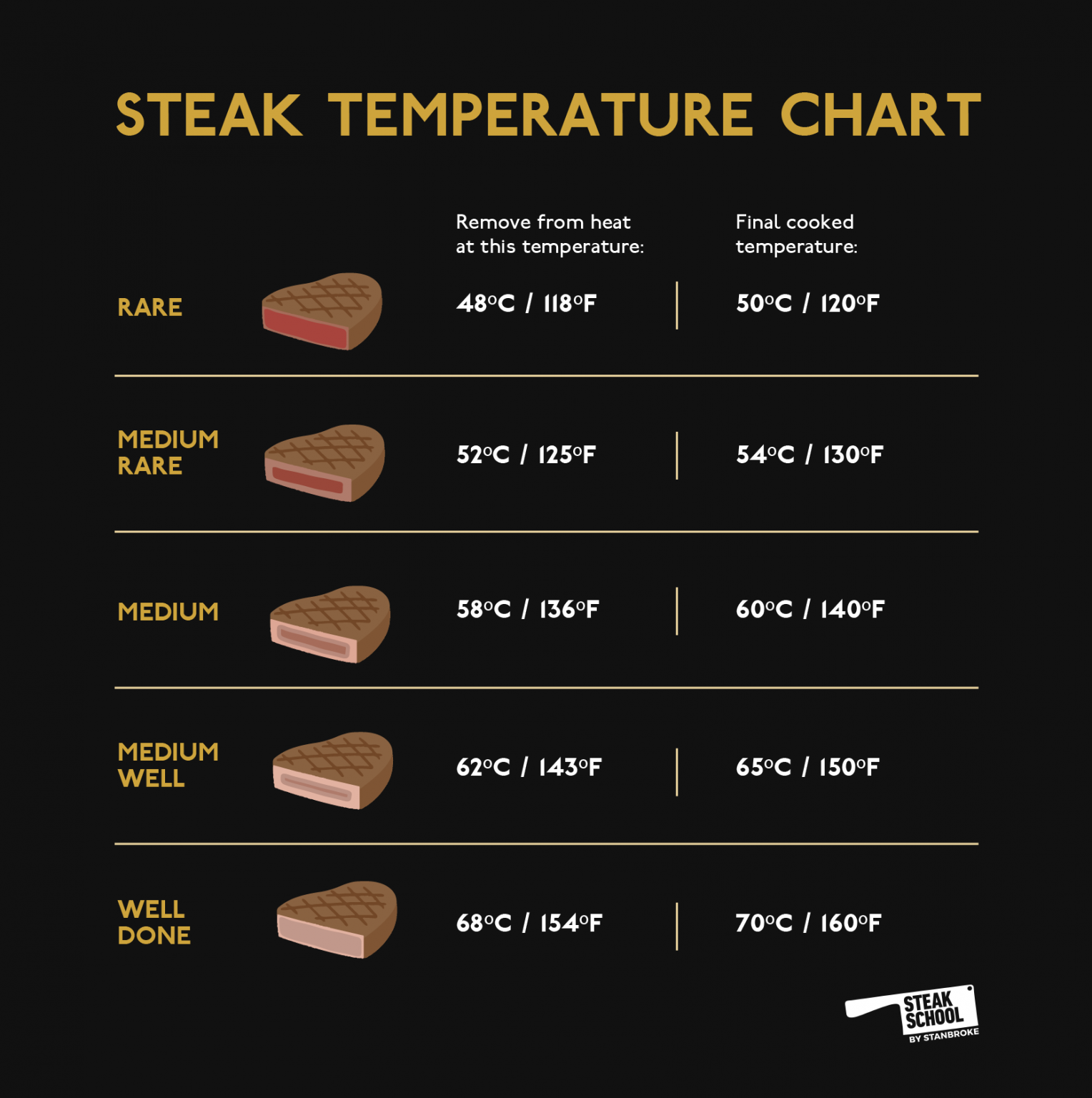Master Perfect Steak: Cook Every Time

Ever craved that perfect steak, the kind that melts in your mouth like butter on a hot summer's day? The kind that makes your taste buds dance with joy? Cooking the perfect steak every time isn't rocket science, but it does require a bit of finesse and understanding. Let's dive into the art of steak perfection, ensuring you never have to settle for less than the best.
The Art of Steak Seasoning
Before we even think about cooking, let's talk about steak seasoning. Just like a painter prepares their canvas, you need to prepare your steak. A simple yet effective seasoning can make all the difference. Start with the basics: salt and pepper. These two humble ingredients bring out the natural flavors of the meat.
But why stop there? Consider adding a touch of garlic powder or paprika for an extra kick. The key is to season generously but not overpower the natural taste of the steak. Think of it like a symphony—each ingredient should complement the other, not drown it out.
Understanding Steak Temperature
Now, let's talk about steak temperature. This is where many home cooks falter. The temperature of your steak is crucial for achieving that perfect texture and flavor. Aim for room temperature before cooking. This helps the steak cook evenly, avoiding the dreaded raw center.
But how do you know when your steak is ready? Invest in a good meat thermometer. For a rare steak, aim for 125°F (52°C). Medium-rare should be around 135°F (57°C), and medium hits the mark at 145°F (63°C). Remember, the steak will continue to cook slightly after you remove it from the heat, so pull it off just before it reaches your desired temperature.
Exploring Steak Cooking Methods
There are several steak cooking methods, each with its own charm. Let's explore a few:
Pan-Searing
Pan-searing is a classic method that gives you a beautiful crust on the outside while keeping the inside juicy. Start with a hot pan—cast iron works best—and a bit of oil. Sear the steak for a few minutes on each side, then finish it in the oven if needed.
Grilling
Grilling is perfect for those who love a bit of smoky flavor. Preheat your grill to high heat, then cook the steak for a few minutes on each side. This method is great for thicker cuts like ribeye or T-bone.
Reverse Searing
Reverse searing is a bit more advanced but yields fantastic results. Start by cooking the steak in a low-temperature oven until it reaches your desired internal temperature. Then, sear it quickly in a hot pan to get that crispy exterior.

The Magic of Steak Marinade
A good steak marinade can take your steak from good to extraordinary. Marinades not only add flavor but also tenderize the meat. A simple marinade could include olive oil, soy sauce, garlic, and a touch of honey. Let the steak soak in the marinade for at least an hour, or overnight for maximum flavor.
The Importance of Steak Resting
Finally, let's talk about steak resting. This step is often overlooked but crucial. After cooking, let your steak rest for about 5-10 minutes. This allows the juices to redistribute throughout the meat, ensuring each bite is as juicy as the last. Think of it like a well-deserved break after a hard day's work—your steak needs a moment to relax and gather itself.

Conclusion
Cooking the perfect steak every time is an art form, but with the right tools and knowledge, anyone can master it. From seasoning to temperature, cooking methods to marinades, and the importance of resting, each step plays a vital role. So, are you ready to impress your friends and family with your newfound steak expertise?
Remember, practice makes perfect. Don't be afraid to experiment and find what works best for you. And most importantly, enjoy the process. After all, cooking is about more than just the end result—it's about the journey.
FAQs
What is the best cut of steak for grilling?
- Ribeye, T-bone, and New York strip are excellent choices for grilling due to their thickness and marbling.
How long should I marinate my steak?
- For maximum flavor, marinate your steak for at least an hour, or overnight if possible.
Why is it important to let the steak rest?
- Resting allows the juices to redistribute throughout the meat, ensuring each bite is juicy and flavorful.
What is the best way to season a steak?
- Start with salt and pepper, then add other spices like garlic powder or paprika to taste. The key is to enhance, not overpower, the natural flavors.
How do I know when my steak is done?
- Use a meat thermometer to check the internal temperature. Rare is 125°F (52°C), medium-rare is 135°F (57°C), and medium is 145°F (63°C).
0 Response to "Master Perfect Steak: Cook Every Time"
Post a Comment